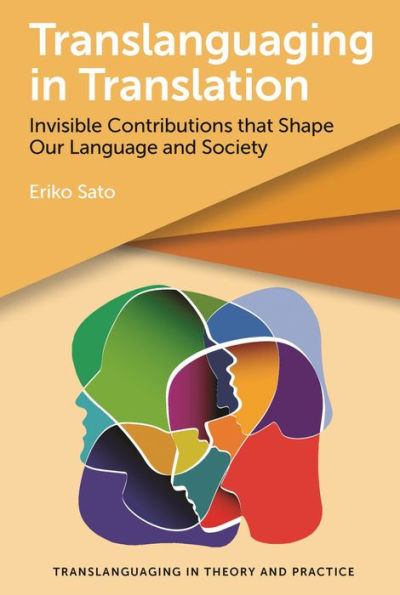This book brings applied linguistics and translation studies together through an analysis of literary texts in Chinese, Hindi, Japanese and Korean and their translations. It examines the traces of translanguaging in translated texts with special focus on the strategic use of scripts, morphemes, words, names, onomatopoeias, metaphors, puns and other contextualized linguistic elements. As a result, the author draws attention to the long-term, often invisible contributions of translanguaging performed by translators to the development of languages and society. The analysis sheds light on the problems caused by monolingualizing forces in translation, teaching and communicative contexts in modern societies, as well as bringing a new dimension to the burgeoning field of translanguaging studies.
This book brings applied linguistics and translation studies together through an analysis of literary texts in Chinese, Hindi, Japanese and Korean and their translations. It examines the traces of translanguaging in translated texts with special focus on the strategic use of scripts, morphemes, words, names, onomatopoeias, metaphors, puns and other contextualized linguistic elements. As a result, the author draws attention to the long-term, often invisible contributions of translanguaging performed by translators to the development of languages and society. The analysis sheds light on the problems caused by monolingualizing forces in translation, teaching and communicative contexts in modern societies, as well as bringing a new dimension to the burgeoning field of translanguaging studies.

Translanguaging in Translation: Invisible Contributions that Shape Our Language and Society
264
Translanguaging in Translation: Invisible Contributions that Shape Our Language and Society
264Related collections and offers

Product Details
| ISBN-13: | 9781800414952 |
|---|---|
| Publisher: | Multilingual Matters Ltd. |
| Publication date: | 03/28/2022 |
| Series: | Translanguaging in Theory and Practice , #3 |
| Sold by: | Barnes & Noble |
| Format: | eBook |
| Pages: | 264 |
| File size: | 50 MB |
| Note: | This product may take a few minutes to download. |
